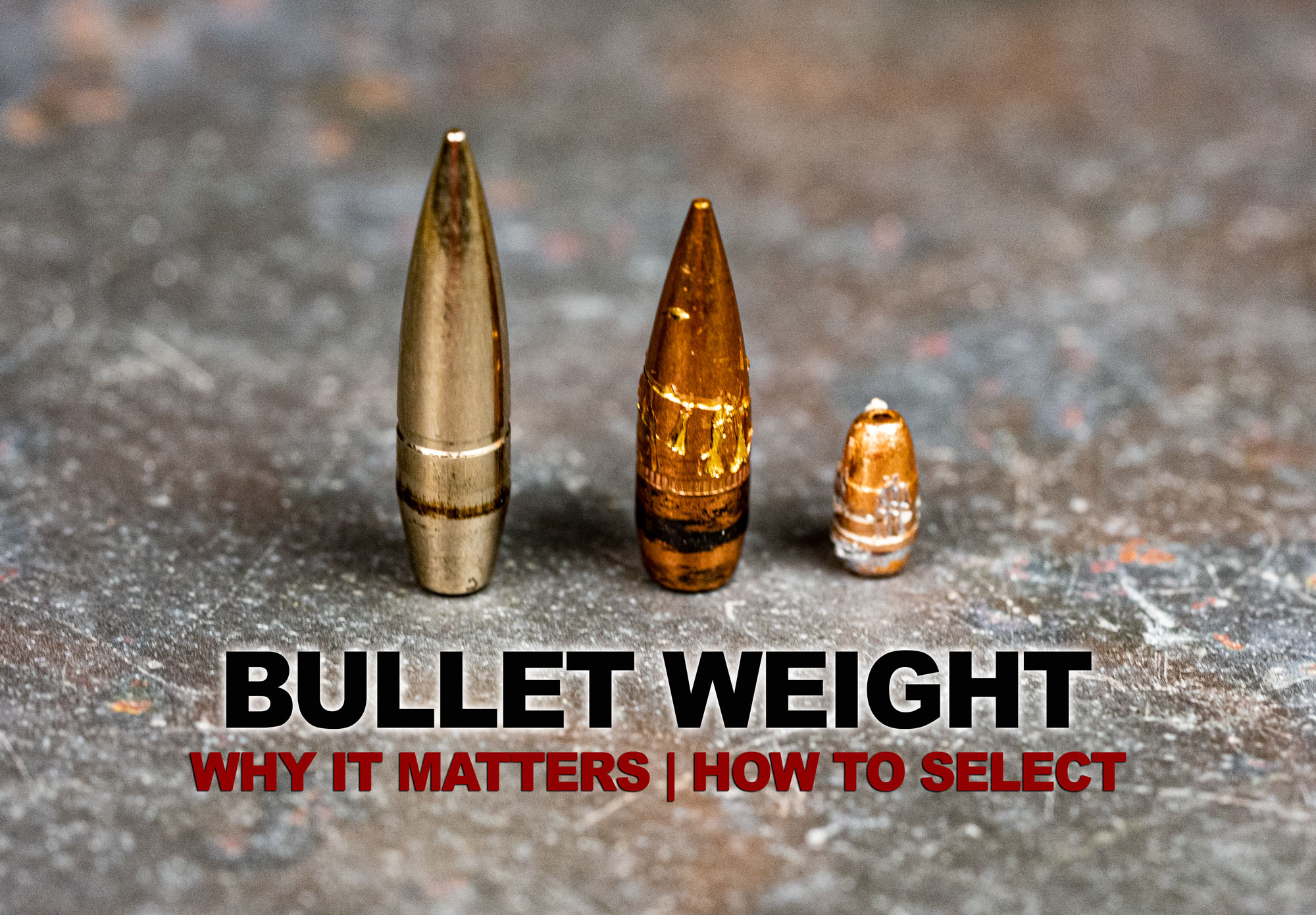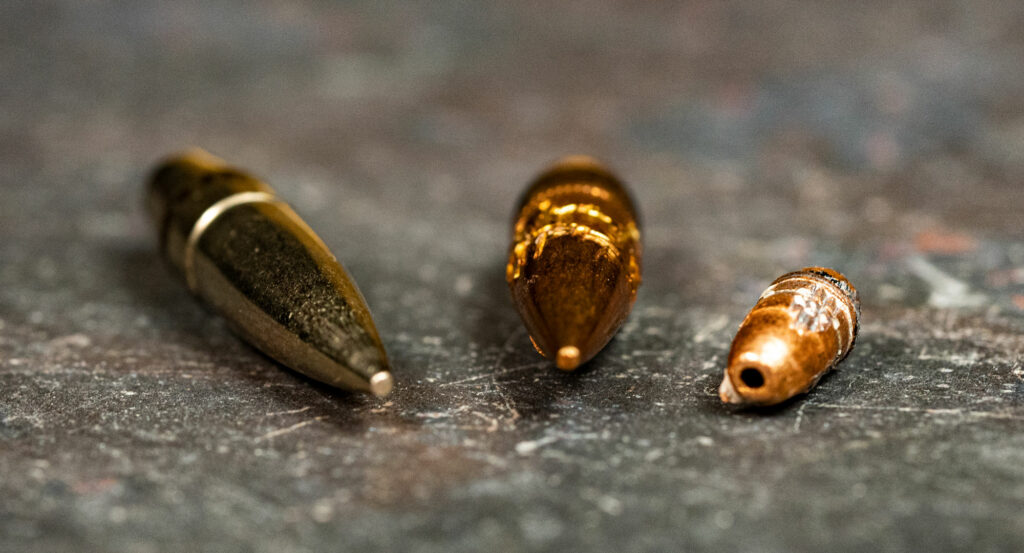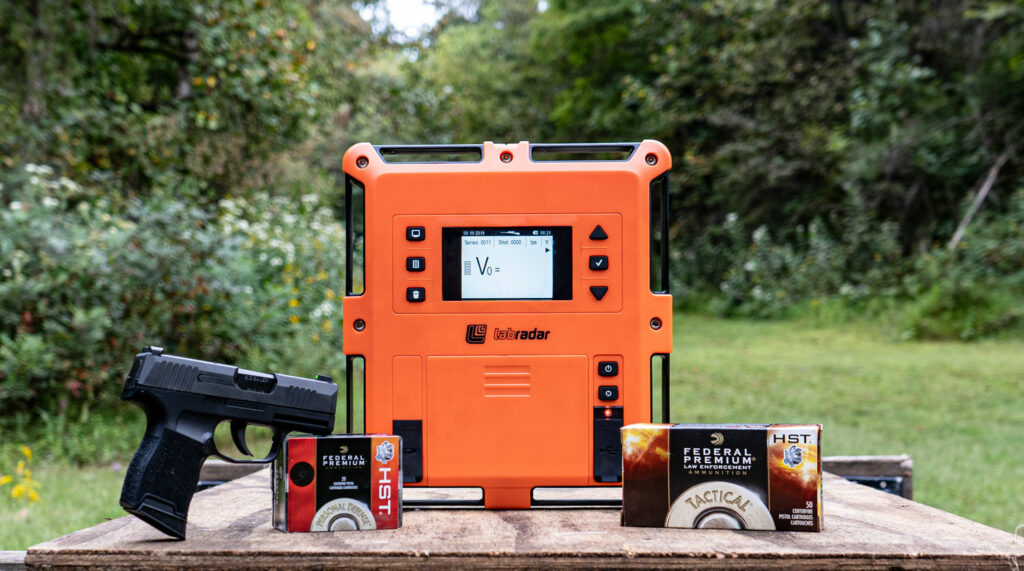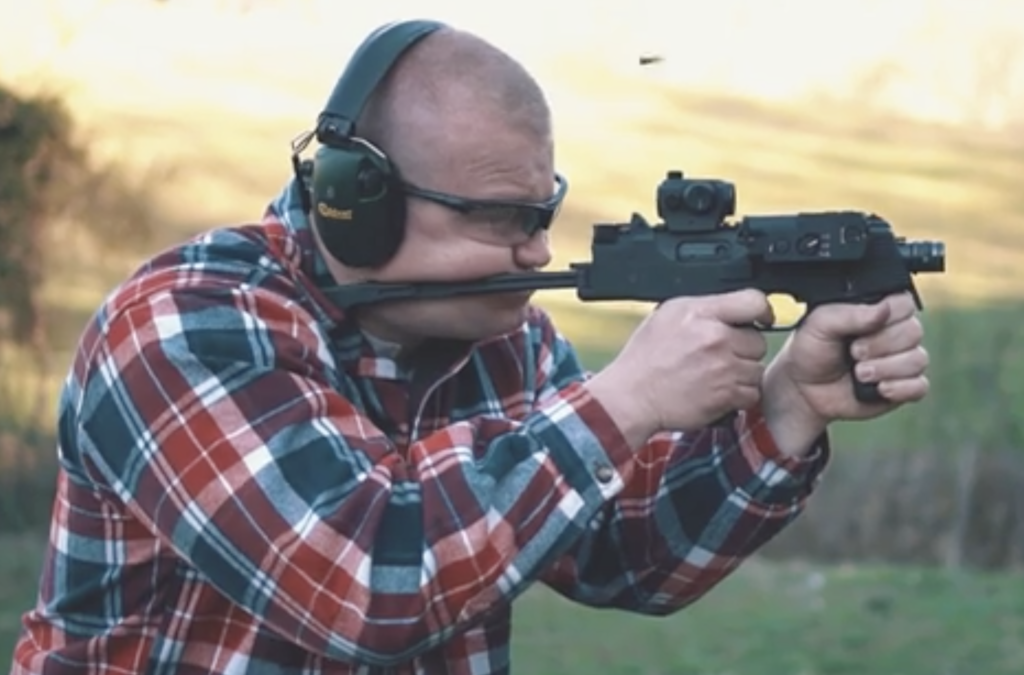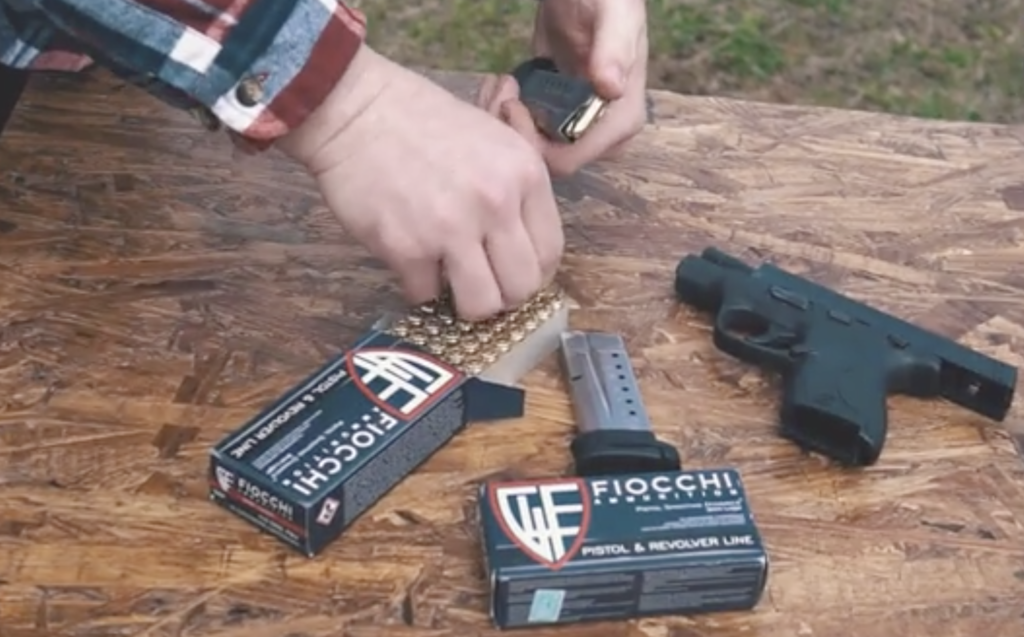What was the weight of the last bullet you shot? If you’re like many shooters, you may have no idea. Sure, you know the caliber of the firearm, you may even know the general distance and speed. But that may be all. And that’s okay. Most gun owners don’t need to be experts on bullet […]
What was the weight of the last bullet you shot?
If you’re like many shooters, you may have no idea. Sure, you know the caliber of the firearm, you may even know the general distance and speed. But that may be all.
And that’s okay.
Most gun owners don’t need to be experts on bullet weight. However, learning about weight; about how it impacts speed, accuracy, and terminal ballistics, will make you a more knowledgable and confident shooter. In the end, this will increase your enjoyment of shooting sports and allow you to select better ammunition for your specific needs.
A Primer on Bullet Weight
What Does Bullet Grain Mean?
To start this discussion, let’s begin with an explanation of the basic unit of measurement for bullet weight: grains.
This unit, which is often abbreviated as “gr” is equal to one 7,000th of a pound. (Another way to say this is that one pound equals 7,000 grains; one ounce is equal to 437.5 grains.)
You will often see bullets listed with the grain size before the bullet type. For example, 9mm rounds may be listed as “115 gr FMJ.” This tells us that the cartridge is loaded with full metal jacket bullets that weigh 115 grains.
As you learn more about ammunition, you will find that cartridges have a wide range of bullet sizes. The smallest commonly-used bullet size is likely 15 grains, which is found in some .17 HMR cartridges. However, you can find cartridges with bullets over 600 grain, which are found in products for the .50 BMG.
Most Cartridges Have a General Range of Bullet Weights
Bullet size within a given cartridge can vary, but there is a general range of size for each ammunition cartridge. For example, AR-15 ammunition has a standard size of 55 grains, but you can purchase ammo for your .223 rifle with bullets ranging from below 40 to over 70 grain. Likewise, 9mm Luger cartridges have bullets from 60 to 160 grains.
The point is that even when you purchase a given firearm to shoot a specific cartridge, you still have options for bullet size. (As well as bullet type.)
How Does Bullet Grain Weight Impact Shooting?
Bullet weight makes a difference on how the bullet performs. It will impact how the firearm recoils, and it will have an impact on the overall trajectory of the bullet. Finally, it will impact terminal ballistics, changing how the bullet performs once it strikes a target.
When thinking about bullet weight, it’s important to think about how you will be using the cartridge. If you are simply “plinking,” that is, casually shooting smaller cartridges at a short to medium distance, weight is not really a concern for you. For most plinkers, you’ll simply want to purchase the ammunition that best fits your budget.
If you are shooting for maximum accuracy, however, the bullet weight matters, but it’s not as simple as saying heavier or lighter bullets are better.
Here’s what we can say: a lighter bullet generally has greater speed, which means it can often maintain a straighter trajectory at a greater distance. However, a light bullet delivers less energy and is susceptible to wind, which means it can be blown off target much easier than heavier bullet. So from an accuracy perspective, neither is absolutely better.
Field Test: HST Velocity & Energy
To understand these points, let’s look at two products from Federal Ammunition.
We took some of their most popular self-defense ammo for 9mm pistols, HSTs in 124 grain and HSTs 147 grain. This ammo is the same brand, line and is even loaded with the same bullet. So, what does a 23 grain differential mean for muzzle velocity? A lot, apparently.
| 124 Grain HST | 147 Grain HST | |
|---|---|---|
| Shot 1 | 1082 fps | 949 fps |
| Shot 2 | 1082 fps | 922 fps |
| Shot 3 | 1064 fps | 954 fps |
| Shot 4 | 1065 fps | 939 fps |
| Shot 5 | 1073 fps | 935 fps |
So what, it’s still a bullet speeding at about 1,000 feet per second and that’s going to hurt, right?
Sure.
But, the implications on energy into the target are significant.
The five shot average muzzle velocity for the lighter 124 grain bullet is 1073 feet per second. When you calculate the muzzle energy for this bullet, you come up with 317 foot pounds.
The five shot average muzzle velocity for the heavier 147 grain bullet was just under 940 feet per second. That is a muzzle energy of 288 foot pounds.
Why does it matter? If you’re a believer in muzzle energy and the idea of putting as much energy into your target as possible to stop a threat, this bucks the trend that “bigger is better” when it comes to bullets. In this case, the lighter bullet, moving faster delivers more energy.
Bullet Weight & Recoil
Physics dictates that bullet grain will play a role in recoil. We know it requires more energy to move a heavier bullet than a lighter bullet, right? Well, when we consider that for every action there is an equal and opposite reaction, we know a heavier bullet generally means more recoil than a lighter bullet. In the case of HSTs, we’d actually expect more recoil from the lighter bullet though because there is more energy pushing out of the barrel.
As you might expect, there are a ton of variables that play into all this. For example, if you’re using a large frame pistol, that firearm might help absorb some of the recoil, reducing what you feel.
Propellant burn rate can also play a role. A good example of this is the relatively short-cased 40 S&W cartridge. It’s not uncommon to refer to a 40 cal round as “snappy” when compared to larger cartridges, like 45 ACP.
Why Choose A Heavy Bullet?
The most important reason to select a larger bullet is energy at the target, which improves “terminal ballistics.” Basically, if you want better expansion and penetration you will likely want to choose a heavier bullet. (Both expansion and penetration are affected by bullet shape, material, and other factors as well, but weight plays a role.)
This essentially means that in most cases heavier bullets are reserved for hunting and self defense. When loaded into hunting rifles, a heavier bullet is more likely to deliver more energy into the target, resulting in a more humane shot. For self defense, a heavier bullet gives you a better chance at stopping a threat.
Choose A Lighter Bullet Grain If…
A smaller bullet can be effective if overall speed and distance is your goal. Speed is generally preferred for distance target shooting, as it reduces the chances of drop. As we saw above, the heavier bullet dropped further, which means your trajectory will be straighter with a lighter projectile, and your overall distance potential will be longer.
If you participate in distance rifle shooting, especially for target practice, a lighter bullet may be ideal. If you are hunting with a rifle at long distances, a light bullet may be better, but you will sacrifice energy.
Smaller bullets can also reduce recoil. If you carry a pistol and have difficulty handling high recoil, you may find that a smaller bullet is more comfortable to shoot.
Final Thought: Start “Standard” Bullet Grain & Go From There
If you are not sure whether you should go with a heavier or lighter bullet, the best option is to go with something in the middle. Many calibers has a standard bullet weight, such as the .223 Remington with a 55-grain bullet. Others have weights (or a narrow range of weights) that are most common because they deliver the best performance. For example, the 9mm Luger is most commonly found with 115-grain, so this is likely your best starting point.
Find the Right Bullet Weight for Your Needs at Ammo To Go
Want to find a variety of cartridges and search for different bullet weights for your specific needs? Here at Ammotogo.com you can select the cartridge type, then filter your search by bullet weight, type, or even brand.
